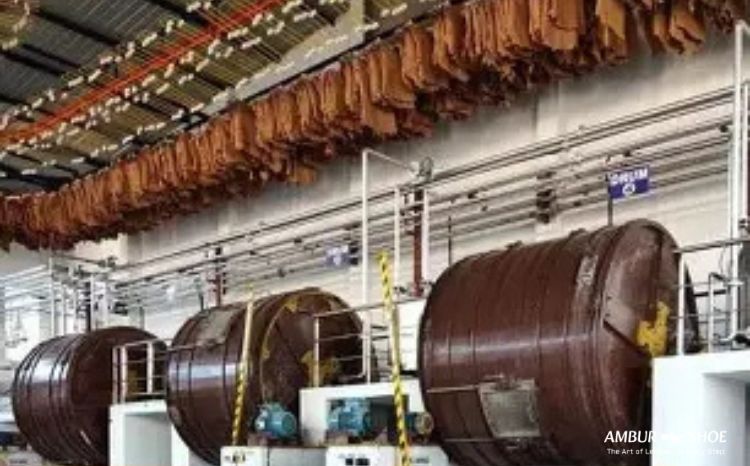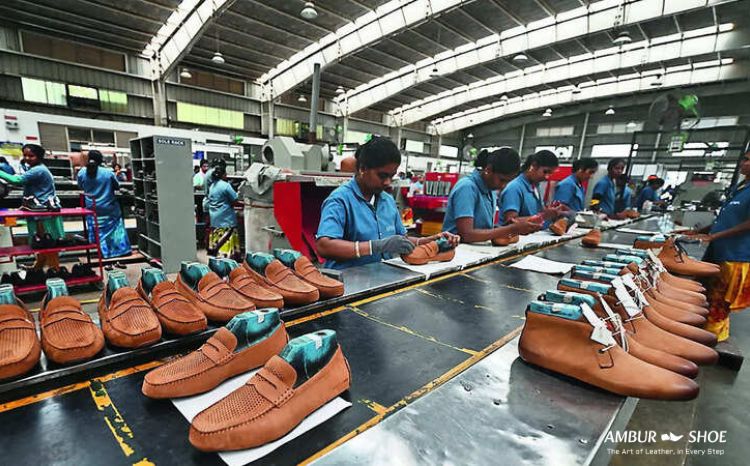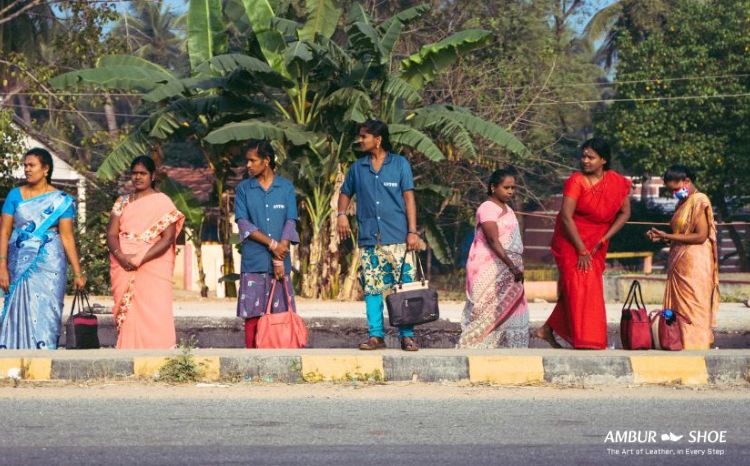Contents
- How Ambur Became India’s Leather Capital
- The Numbers That Tell the Story
- Women Workers and Hand Stitching
- From Raw Material to Finished Shoe: Inside the Tanneries
- Why Ambur Leather Is Different
- What Do They Make?
- Not Just About Business: Social and Environmental Movements
- Strategic Advantage: Why Ambur Works
- Made in Ambur, Worn Worldwide
- Looking Ahead: Sustainable and Smart
- Want to Know Who’s Leading This Change?
- So, What Does All This Mean?
How Ambur Became India’s Leather Capital
Explore Ambur’s rise as India’s leather capital—from Chola-era tanning to global exports, skilled women workers, and eco-friendly shoe production.
Let’s break it down. Ambur, a quiet town in Tamil Nadu, has been doing something extraordinary for over a century: turning raw materials into fine leather and then shaping that leather into shoes worn across the world. You’ve probably heard of Ambur for its biryani, but here’s the thing—leather is the real heartbeat of this place.
Ambur’s connection to leather goes way back to the Chola dynasty. Skilled artisans practiced vegetable tanning using natural substances long before the concept of green leather even existed. Over time, the town adapted—tanning became modern, but the hands that worked the material remained just as skilled. Today, Ambur is a global export hub for leather shoes, supplying to brands across the world.
The Numbers That Tell the Story
- India is the 2nd largest producer and consumer of footwear in the world.
- Ambur alone houses over 700 leather manufacturing units.
- 100,000+ people are employed in Ambur’s leather sector.
- In 2020-21, India exported $3.68 billion worth of leather products.
- In 2024-25, exports surged 25% to $5.7 billion, crossing the government’s target by $1 billion.
- In 2025-26, India’s leather exports are expected to cross $6.5 billion.
- The total turnover of the Indian leather industry is now estimated at $19 billion, which includes both domestic sales and exports.
That’s not small change. That’s impact.
Women Workers and Hand Stitching

In many parts of Ambur, you’ll find women contributing to the industry by stitching uppers and soles, especially for moccasin shoes. This detailed hand-stitching work is often assigned by factories to trusted workers in nearby areas. These skilled women play a vital behind-the-scenes role, especially for traditional hand-sewn styles.
Though this work is usually not done within factories, it remains an essential part of Ambur’s leather production ecosystem.
From Raw Material to Finished Shoe: Inside the Tanneries

So how does raw leather turn into a sleek shoe?
The tanning process in Ambur is like alchemy. First, the material is cleaned and soaked. Then it’s treated with natural or synthetic tannins. This gives the leather its strength, softness, and distinct smell. The process is intricate and time-consuming—sometimes taking weeks to complete.
In the past, the use of chromium led to environmental issues. But Ambur’s tanneries have made strides—
- Many now use eco-friendly vegetable tanning.
- Water recycling and solar-powered processes are on the rise.
- Waste management systems have improved thanks to government pressure and NGO intervention.
Why Ambur Leather Is Different
Here’s what really makes Ambur stand out:
- Local sourcing: Most raw materials come from Indian sources.
- Artisanal touch: Unlike mass-produced items, many Ambur products are still handmade.
- Timeless design: Think classic brogues, Oxfords, loafers—styles that don’t go out of fashion.
Ambur products are both functional and stylish. They don’t just wear well, they age well.
What Do They Make?

Ambur’s leather goods cover a wide range:
- Formal shoes: Goodyear welted, cemented, and stitched-down soles.
- Casual footwear: Loafers, driving shoes, boots.
- Accessories: Belts, wallets, bags, laptop sleeves.
- Fashionwear: Leather jackets, gloves.
- Furniture and gift items: Customized leather chairs, diaries, office gifts.
Ambur is not just a production hub—it’s a design destination.
Not Just About Business: Social and Environmental Movements

The leather industry in Ambur has come a long way, but it hasn’t been easy. Labor issues, poor working conditions, and pollution once plagued the region.
Groups like Cividep and Homeworkers Worldwide have:
- Launched tuition centers for children of factory workers
- Conducted surveys to track working conditions
- Set up the Penn Thozhilalar Munnetra Sangam (PTMS), a self-help group of women workers
Even brands are listening now. They’ve introduced job cards, clearer wage structures, and policies for home-based workers.
Strategic Advantage: Why Ambur Works
It’s not luck. Ambur is successful because:
- It’s just 180 km from Chennai airport, making export easy.
- It has a dense supply chain—from tanneries to packaging, everything’s close.
- Skilled labor is readily available and affordable.
- Institutions offer training, research, and development support.
This clustering effect means a shoe can go from design to packaging under one roof. That’s rare.
Made in Ambur, Worn Worldwide
Ambur shoes walk the streets of Milan, New York, and Tokyo. Major fashion houses and sports brands rely on Ambur’s workmanship. Brands like Clarks, Cole Haan, Geox, Rockport, Puma, New Balance, Lanvin, Bugatti, and Moral Code have sourced shoes from Ambur’s workshops.
You’ll rarely find the town’s name on the label, but you’ll feel it in the quality.
Some of the major export factories include:
- Farida Group
- NMH Group
- Mohib Shoes
- Shalimar Shoes
These large-scale manufacturers work with international brands, ensuring global quality standards and certifications.
Looking Ahead: Sustainable and Smart

The future is clear. Consumers want transparency and eco-consciousness. Ambur’s leather industry is responding:
- Solar-powered units
- Water reuse plants
- Chrome-free tanning
- Digitization of small units
Ambur is blending the old and new—heritage craft with 21st-century sensibilities.
Want to Know Who’s Leading This Change?
Check out our feature: Top 10 Leather Shoe Manufacturers in India. You’ll find most names from Ambur there, making waves both locally and globally.
So, What Does All This Mean?
Ambur isn’t just a place—it’s a phenomenon. It’s where tradition meets trade, where women stitch soles with dignity, and where every cut of leather has a story. The town shows us what’s possible when skills, legacy, and social effort work together.
If you’ve ever worn a leather shoe that felt just right, there’s a good chance it began its journey here.
Now we want to hear from you.
- Are you someone who has visited or worked in Ambur’s leather industry?
- What would you like to see in the future of Indian-made leather goods?
Drop your thoughts in the comments below.
Let’s keep the conversation going.

